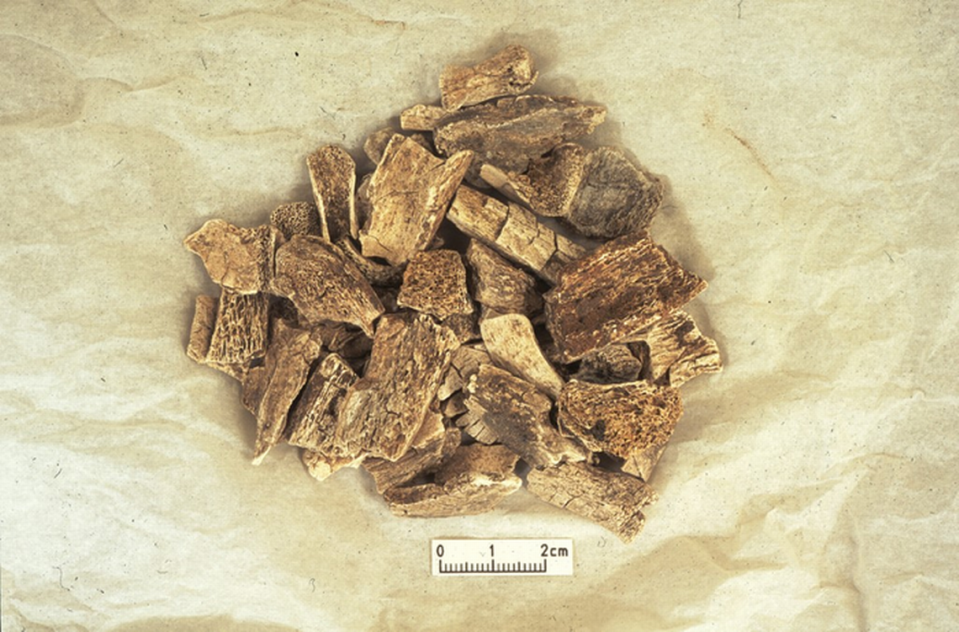Cremated bones reveal Vikings weren’t alone when they arrived in Britain, study says
The Vikings sailed across the sea and landed on the shores of the U.K., prepared to invade. The warriors, however, didn’t come alone, according to researchers.
During their invasion, part of the Viking army hunkered down for the winter of 873 A.D. near Heath Wood. What remains at the site is the “only known Viking cremation cemetery” in the U.K., according to a Wednesday, Feb. 1, news release from Durham University.
Archaeologists studying these burial mounds uncovered a number of bone fragments, according to a study published in the Plos One Journal on Feb. 1. After closer analysis, researchers found the cremated bones came from two adults, a child, a horse, a dog and possibly a pig.
Who were these people? And where did these remains come from?

To answer these questions, researchers analyzed a specific chemical called strontium that is found in human bones. Strontium is found in soil, rocks and water, but the ratio varies in different regions of the world. By matching the strontium ratios found in human bones with ratios found in a region’s plants, researchers can trace where people came from.
Through this analysis, researchers concluded the child and one of the adults could have been from the U.K. or portions of mainland Europe, according to a news release from EurekAlert.
The bones of the other adult and all three animals, however, indicated they “almost certainly” came from the Baltic Shield area of Scandinavia and died soon after arriving in the U.K., EurekAlert reported. The Baltic Shield region is located in modern-day Norway and northern Sweden.
This is the “first solid scientific evidence” that “Vikings crossed the North Sea to Britain with dogs and horses,” according to a news release from University of York.
“It shows how much Viking leaders valued their personal horses and hounds that they brought with them from Scandinavia, and that the animals were sacrificed to be buried with their owners,” Julian Richards, co-director of excavations at the Heath Wood cemetery site, said in the release.
Archaeologists concluded the Vikings “crossed the North Sea with horses, dogs and possibly other animals as early as the ninth century AD,” per the study.
Unlike the complete remains of the horse and dog, researchers found only partial pig fragments, indicating the remains could have been a token of some sort rather than a living animal, according to the University of York release.
The Viking cemetery in Heath Wood has 59 burial mounds, so far only 20 mounds have been investigated, the study said.
The Heath Wood cemetery site is in Derbyshire and about 120 miles northwest of London.
Searchers with metal detectors stumble on 2,500-year-old sacrificial site in Poland
1.2 million-year-old ‘stone-tool workshop’ uncovered in Ethiopia is oldest ever found
Iron sword — almost 9 feet long — unearthed at 1,700-year-old burial mound in Japan

